Once upon a time, American chestnut trees overwhelmed the east coast of North America. An estimated 4 billion trees engulfed the greater realm from Maine to Mississippi, all the way down to Florida. In Pennsylvania, these trees have comprised around 30% of the woods.
Huge and ancient, some of the American chestnuts were up to 100 feet tall and almost 10 feet around. They were the counterpart of the redwood trees on the east side of America. For ages, Native Americans used their leaves for medical purposes. These trees also entered the Imaginarium of the continent as writers, such as Henry David Thoreau or Ralph Valdo Emerson, embedded their image in the corpus of literature.
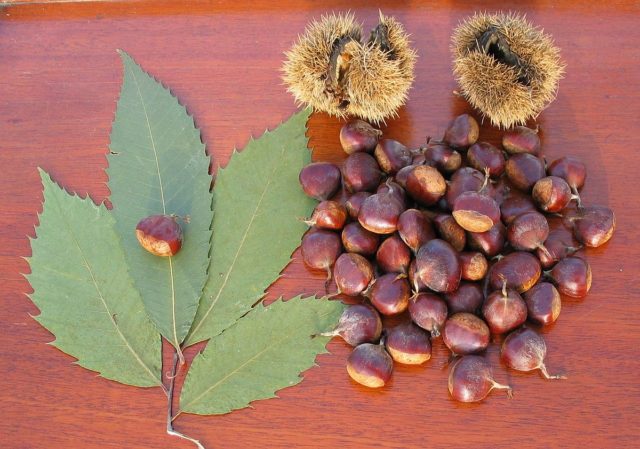
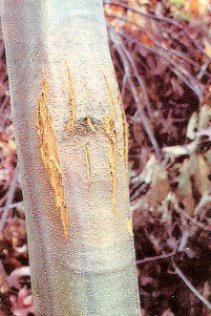
The American chestnuts distinguish from other chestnut species from around the world due to their size and rapid way of growing. Castanea dentata also came with a distinct role in the overall eco-system of the region, providing fall mast for animals, like the wild turkey or the white-tailed deer. Black beers are also noted to eat the nuts to acquire fat reserves for the winter period. The leaves of these trees are also very rich with some components such as nitrogen, potassium, magnesium, and phosphorus, meaning that they return more nutrients to the soil when compared to other trees.
Unfortunately, over three billion chestnuts died due to an Asian bark fungus which was introduced in North America through an imported Asiatic chestnut trees. While the Chinese chestnuts thrived well and were fungus-resistant, the American chestnuts started to disappear as in a wildfire. The disease was first observed by the chief forester, Hermann Merkle of then New York Zoological Park (nowadays, the Bronx Zoo) back in 1904. Within the period of two years, 98 percent of the chestnut trees in the Bronx made a victim of the fungus.
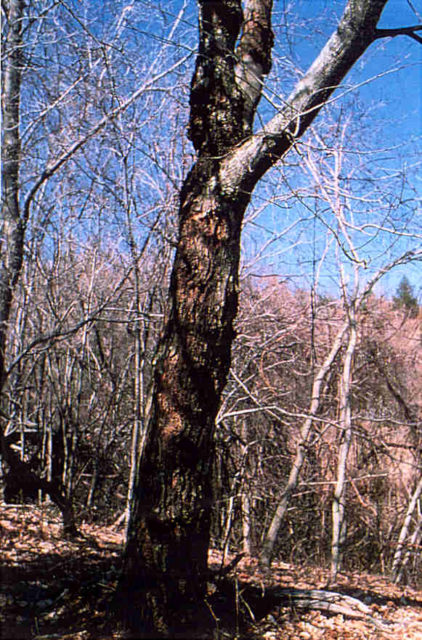
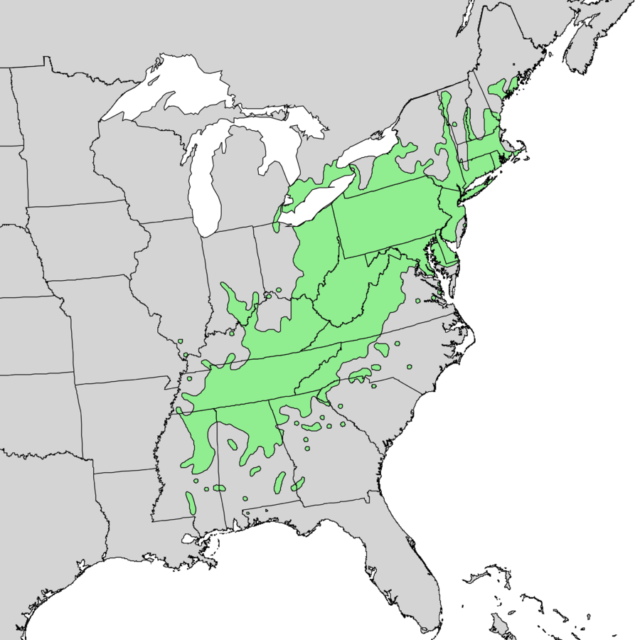
The fungus, being airborne spread, advanced approximately 50 miles a year. Its rapid killing may have been further intensified by salvage logging during the early years of the blight. The species managed to avoid full extinction thanks to the sprouts from the roots that remained vital regardless that the main stem of the tree which was already dead.
In some regions, the chestnut blight was frightening and severe. For example, in the Appalachian Mountains, 25% of the trees were American chestnuts. Today, the surviving number of large trees in this region is fewer than a hundred. While there are numerous large trees to the east of Mississippi, they thrive in blight-free pockets in the western areas of America, where settlers had them planted in the 19th century.
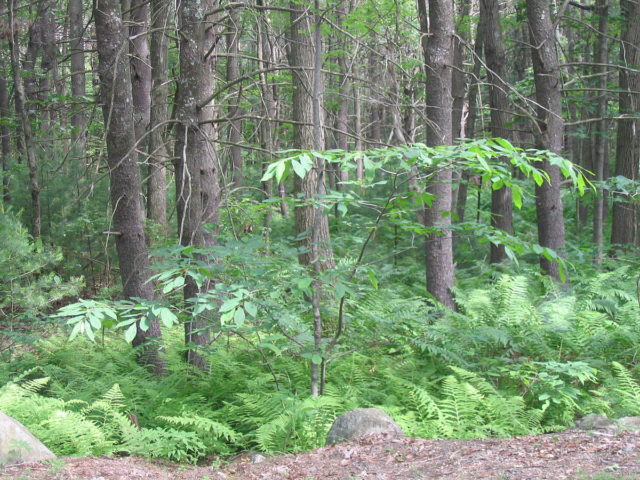
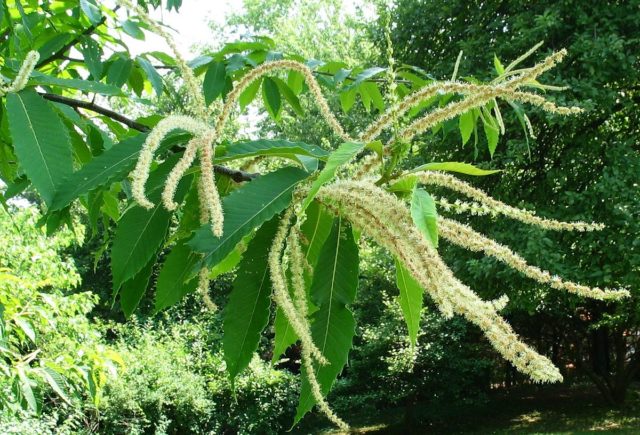
Several organizations work on the cause to preserve and revitalize the American chestnut. They are making attempts to breed blight-resistant chestnut trees. The American Chestnut Cooperators Foundation already have results showing some American chestnuts raising natural resistance to blight. Furthermore, organizations, such as the Canadian Chestnut Council, aim at reintroducing the trees on the territory of Canada.
The world’s largest remaining stand of these ancient, gigantic and iconic trees can be seen near West Salem, Wisconsin, where an area of 60 acres is the home of around 2,500 individuals. The largest surviving members of the American chestnut can be found in Jackson County, Tennessee. Historically speaking, the American chestnuts are cherished both for their size and source of wood as well as for their nuts which have shaped the early American cuisine.
